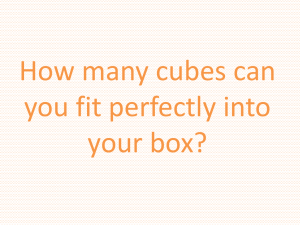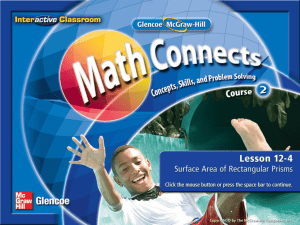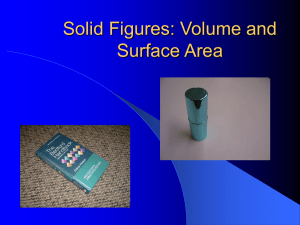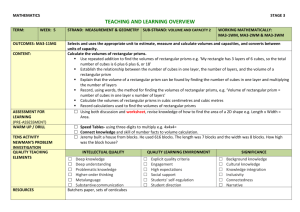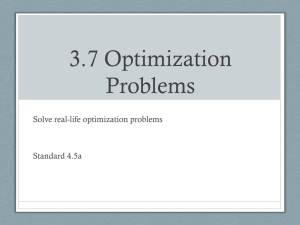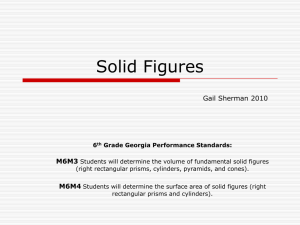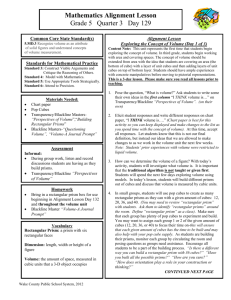5.MD.5 Task 2 - 3
advertisement
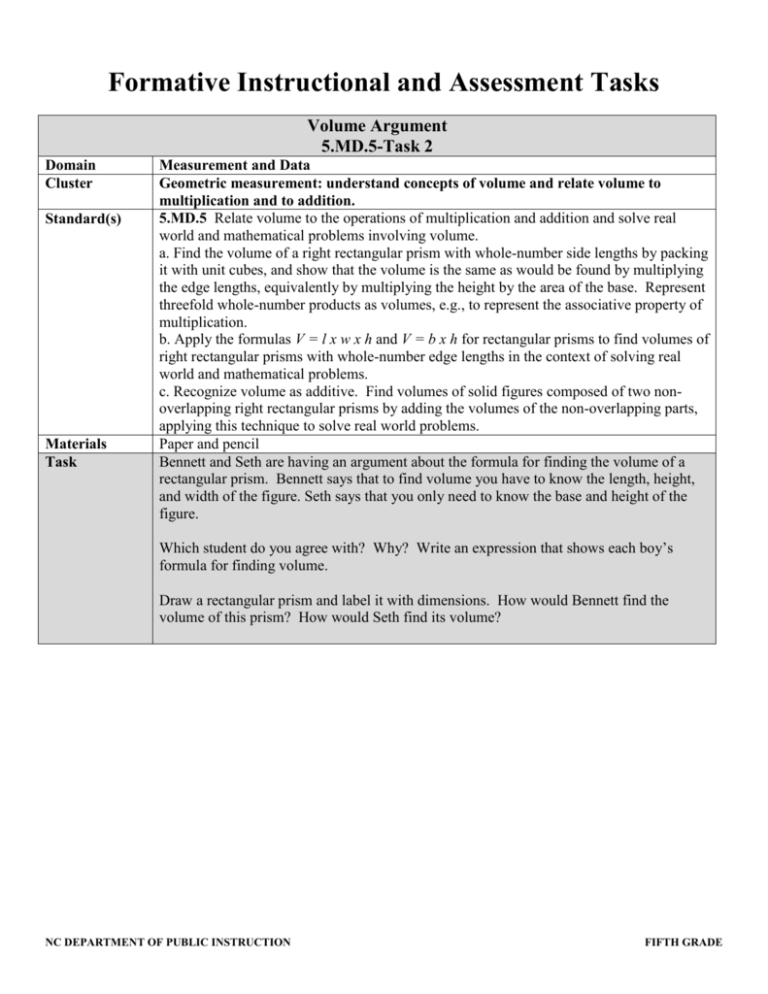
Formative Instructional and Assessment Tasks Volume Argument 5.MD.5-Task 2 Domain Cluster Standard(s) Materials Task Measurement and Data Geometric measurement: understand concepts of volume and relate volume to multiplication and to addition. 5.MD.5 Relate volume to the operations of multiplication and addition and solve real world and mathematical problems involving volume. a. Find the volume of a right rectangular prism with whole-number side lengths by packing it with unit cubes, and show that the volume is the same as would be found by multiplying the edge lengths, equivalently by multiplying the height by the area of the base. Represent threefold whole-number products as volumes, e.g., to represent the associative property of multiplication. b. Apply the formulas V = l x w x h and V = b x h for rectangular prisms to find volumes of right rectangular prisms with whole-number edge lengths in the context of solving real world and mathematical problems. c. Recognize volume as additive. Find volumes of solid figures composed of two nonoverlapping right rectangular prisms by adding the volumes of the non-overlapping parts, applying this technique to solve real world problems. Paper and pencil Bennett and Seth are having an argument about the formula for finding the volume of a rectangular prism. Bennett says that to find volume you have to know the length, height, and width of the figure. Seth says that you only need to know the base and height of the figure. Which student do you agree with? Why? Write an expression that shows each boy’s formula for finding volume. Draw a rectangular prism and label it with dimensions. How would Bennett find the volume of this prism? How would Seth find its volume? NC DEPARTMENT OF PUBLIC INSTRUCTION FIFTH GRADE Formative Instructional and Assessment Tasks Level I Limited Performance Student is unable to explain why either boy’s strategy is correct. Student needs assistance to calculate the volume of the drawn. 1. 2. 3. 4. 5. 6. 7. 8. Rubric Level II Not Yet Proficient Student chooses one boy’s strategy and explains why it is correct, but does not recognize that both volumes are equivalent. Student writes an expression for the selected strategy but not both. Student uses the selected strategy (but not both formulas) to find the volume of the prism they draw. Level III Proficient in Performance Student recognizes that both boys are correct. Student explains that length times width is the same thing as the area of the base, and this is why Seth’s formula is equivalent to Bennett’s. Student writes both expressions: A = l x w x h and A=bxh Student draws a rectangular prism and calculates its volume using both formulas (Bennett’s and Seth’s). Standards for Mathematical Practice Makes sense and perseveres in solving problems. Reasons abstractly and quantitatively. Constructs viable arguments and critiques the reasoning of others. Models with mathematics. Uses appropriate tools strategically. Attends to precision. Looks for and makes use of structure. Looks for and expresses regularity in repeated reasoning. NC DEPARTMENT OF PUBLIC INSTRUCTION FIFTH GRADE Formative Instructional and Assessment Tasks Volume Argument Bennett and Seth are having an argument about the formula for finding the volume of a rectangular prism. Bennett says that to find volume you have to know the length, height, and width of the figure. Seth says that you only need to know the base and height of the figure. Which student do you agree with? Why? Write an expression that shows each boy’s formula for finding volume. Draw a rectangular prism and label it with dimensions. How would Bennett find the volume of this prism? How would Seth find its volume? NC DEPARTMENT OF PUBLIC INSTRUCTION FIFTH GRADE


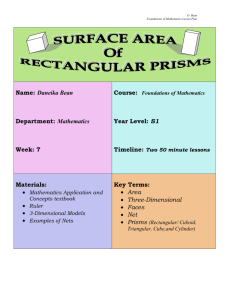

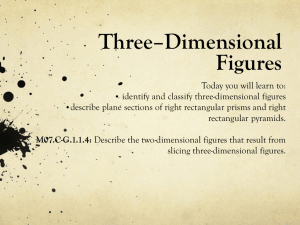
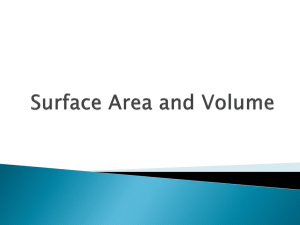
![Volume of Prisms and Cylinders [12/4/2013]](http://s2.studylib.net/store/data/005712570_1-e7691fc1893418ebe51c7a30e9e35d27-300x300.png)
